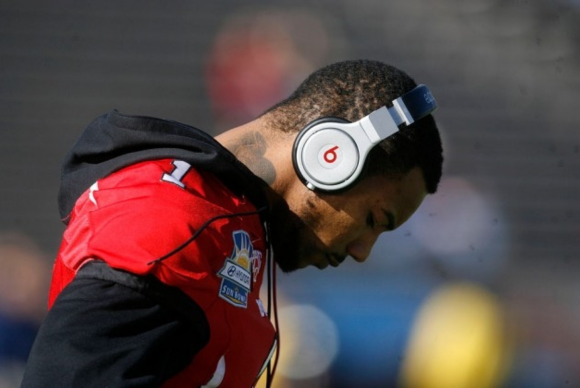
By Aoife McDonnell, Performance Lifestyle Advisor with The Australian Ballet and MSc in Applied Sport & Exercise Psychology student.
“What inner and outer state do you want your athlete in one minute before their event is due to start?”
This was the question posed to a group of High-Performance coaches at the Global Coaches House at the Olympic Games by Lothar Linz. It triggered an interesting small group discussion with various terms and buzz words emanating across the room; ‘focused, calm, confident, relaxed, prepared’… Essentially, ready to perform.
Another area that Lothar touched on was the importance of the individual being activated and having the correct level of arousal. Performance arousal is an interesting topic in itself, so we have take a deep dive into it below.
Finding the Optimal Zone
For athletes that haven’t yet found their optimal zone, two things need to be ascertained.
- What is my optimal zone?
- How do I get to that zone in order to enhance my performance?
Athletes will naturally develop psychological skills throughout their life. They may also find some skills more difficult to develop than others. Personally, without awareness that I was doing so, I found my optimal zone of performance at a relatively young age. On a scale from 0-10, 0 being sleeping and 10 being the most aroused I could be, I operate best around 7. Working with a coach or sports psychologist can fast track the process of finding your zone. Using a similar scale, you may be guided to think of your best performances and connect with the feelings of arousal, rating them 0-10. Research has shown that athletes requiring fine motor skills including gymnastics, shooting and ballet operate better at the lower end of the scale, football and basketball players tend to be mid-range while boxing and contact sports are on the higher end.
The next step is figuring out the best strategies you can use in order to get you there.
If it was game day, and I needed to be at a 7 for the game, I learned early on that if I hit that zone too early, I was wasting the energy I needed for the game. I would keep myself low energy all morning, reading, chatting (about anything other than the upcoming event) and listening to chilled music. If we had to travel to the game, same rules applied. Visualisation was completed during the week, supporting me to feel confident and ready. I didn’t need to think about the game or my role. Only when I arrived at the facility, would I start to get excited about the game. Before the warm up, music would become more upbeat and motivational self-talk would start, this included visiting my goals and asking myself why I was there. Jumping around also worked for me, got my heart rate and energy levels up. The warm up was the final step, raising the overall intensity levels. The feeling of physical arousal was viewed as a positive, letting me know in my core that this is important to me, I want to be the best I can be, the feeling of butterflies below my ribcage meant that I was activated, ready, it would make me run faster, tackle stronger, make better decisions, enhance focus and execute skills.
Tailoring for Each Optimal Zone
What if you operate better at a lower zone and you feel that you’re at a 7 for example and you need to be at a 3? Relaxation techniques including meditation and breathing activities are a great practice for athletes as a daily activity. The physical, mental and emotional benefits are numerous.
Regular visualisation practice in the lead up to performances can attenuate the feelings of performance anxiety. On competition day, breathing activities, Progressive Muscle Relaxation and meditation can support athletes to relax, be present in the moment and focus on themselves. We have recently witnessed athletes including Simone Biles and Lebron James doing this throughout the Olympics in the lead up to their event.
Self-talk, our internal dialogue, oftentimes become our actions. One of all time favourite quotes ‘If you think you can or you think you can’t, you’re probably right’.
Having positive and motivational self-talk strategies can support the athlete in lowering performance arousal and remaining calm.
Incremental Improvements
It may be interesting for coaches to contemplate the ideal state they would like to be in during the leadup to an event. What strategies do they employ to be the best they can be for themselves and their athletes?
The above is not rocket science, athletes and coaches are always looking for those tiny improvements that can often be the difference in winning and losing. Knowing your optimal zone of performance and having individual strategies to get you there takes time and practice. I could compare it to the time and practice it takes to learn a new skill in your sport or achieve a new outcome in your S&C program. It could be a tiny improvement or for some, a monumental one.
Learn more about the MSc in Applied Sport & Exercise Psychology here.


Leave A Comment